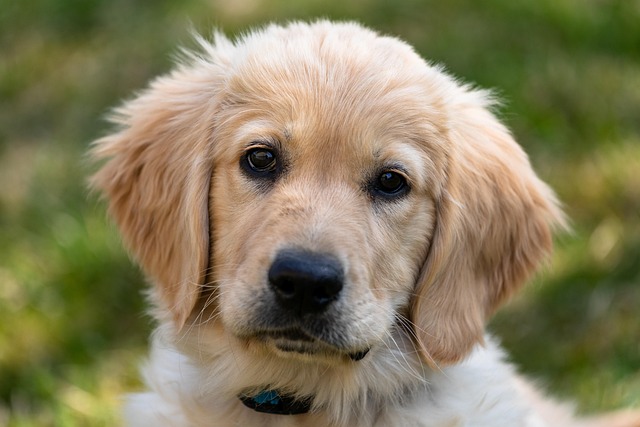
How do i train my dog to be obedient?
Watching your dog dart across the park ignoring your calls isn’t just frustrating—it can put them at risk near busy streets or public spaces.
Ever watched a professional dog trainer in action and wondered how they get such focused, eager behavior? The secret isn’t just their skill—it’s often what’s in their treat pouch. While many beginners reach for standard kibble, pros know that the key to unlocking a dog’s best learning potential lies in using something far more enticing: high-value treats.
The science behind this is all about motivation. For a dog to learn effectively, especially in distracting environments like a busy park or a group training class, the reward must be worth the effort. Professionals use what’s called a "reinforcement hierarchy." This means they match the value of the treat to the difficulty of the task and the level of distraction. For easy commands in a quiet room, kibble might work. But for teaching a solid recall away from a squirrel, they’ll pull out the "big guns": smelly, soft, and incredibly delicious morsels. The goal is to make listening to you the most rewarding option available. This entire philosophy is built on the cornerstone of positive reinforcement training, which completely avoids intimidation or force and instead builds a dog's confidence and willingness to work through rewards.
So, what exactly are these magic treats? Pros typically use soft, bite-sized, and aromatic foods that can be consumed quickly without much chewing. This keeps the training pace high and the dog’s focus sharp. Common favorites include tiny pieces of real meat like boiled chicken, hot dogs (low-sodium versions are best), freeze-dried liver, or commercial training treats like Zuke’s Mini Naturals. Cheese is another popular option. The key is size—the pieces should be no larger than a pea to prevent your dog from getting full too quickly and to maintain a healthy weight. Before using any new treat, especially human food, it’s wise to offer a small piece first to ensure it doesn’t cause any stomach upset.

This thoughtful approach to training is part of being a fully responsible dog owner, which extends to your legal and community obligations. For instance, if you’re using these high-value treats during training sessions in public spaces, you must still be hyper-vigilant about cleaning up after your dog. Carrying poop bags and immediately disposing of waste is not just common courtesy; it’s the law in most U.S. cities and towns. Furthermore, a well-trained dog, motivated by treats rather than fear, is less likely to be a nuisance. This is especially important in apartment complexes where barking or excited behavior can disturb neighbors. Using treats to teach a quiet "settle" command or to reward calm behavior when someone knocks on the door makes you a considerate neighbor.
Remember, the ultimate goal of using great treats isn't just to get a dog to sit; it's to build a strong, positive relationship with your pet. By choosing rewards that your dog truly loves and using them to mark good decisions, you're not just training—you're communicating. You're showing them that cooperating with you is the best part of their day. This builds a bond of trust that makes every aspect of life together, from walks to vet visits, smoother and more enjoyable for both of you.

Watching your dog dart across the park ignoring your calls isn’t just frustrating—it can put them at risk near busy streets or public spaces.

New puppy owners often find themselves rushing to clean up accidents before they set in, and that’s where puppy pad training becomes a game-changer.

If you've noticed your dog's waistline disappearing and your veterinarian has mentioned those few extra pounds, your first instinct might be to simply reduce the amount of food in their bowl.

Training a dog to use a designated spot indoors isn’t as daunting as many new owners fear, but it does take consistency and an understanding of your pet’s needs.

That moment of dread on a walk is all too familiar for many new dog owners. You see another dog approaching down the sidewalk of your neighborhood

If the sight of another dog on your neighborhood walk makes your heart sink as your own dog erupts into a frenzy of barking and lunging, you're not alone.